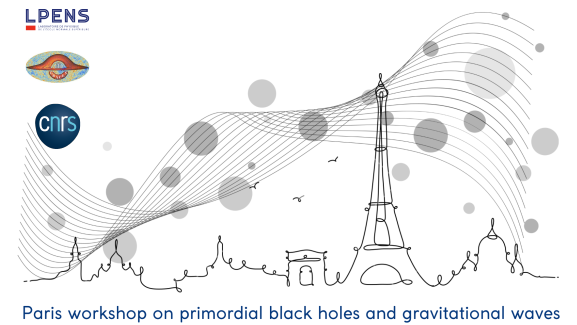Speaker
Description
In my talk, I will present recent work on the formation of primordial black hole dark matter and the resultant gravitational wave signal, drawing from recent results of https://arxiv.org/pdf/2303.02168.pdf, https://arxiv.org/pdf/2205.04471.pdf (with co-authors W. Qin, S. Balaji, D.I. Kaiser, and E. McDonough), as well as ongoing research.
In our work, we performed a Markov Chain Monte Carlo (MCMC) analysis of a simple yet generic multifield inflation model characterized by two scalar fields coupled to each other and non-minimally coupled to gravity, fit to Planck 2018 cosmic microwave background (CMB) data. In particular, model parameters are constrained by data on the amplitude of the primordial power spectrum of scalar curvature perturbations on CMB scales $A_{s}$, the spectral index $n_s$, and the ratio of power in tensor to scalar modes $r$, with a prior that the primordial power spectrum should also lead to primordial black hole (PBH) production sufficient to account for the observed dark matter (DM) abundance.
I will demonstrate that $n_s$ in particular largely controls the constraints on our class of models and point out the implications of this behavior. Whereas previous studies of PBH formation from an ultra-slow-roll phase of inflation have highlighted the need for at least one model parameter to be highly fine-tuned, I will identify a degeneracy direction in parameter space such that shifts by ∼10\% of one parameter can be compensated by comparable shifts in other parameters while preserving a close fit between model predictions and observations. Furthermore, I will show how this allowed parameter region produces observable gravitational wave (GW) signals in the frequency ranges to which upcoming experiments are projected to be sensitive, including Advanced LIGO and Virgo, the Einstein Telescope (ET), DECIGO, and LISA.
Time permitting, I will discuss ongoing work on the fitting of GW predictions from multifield mod

